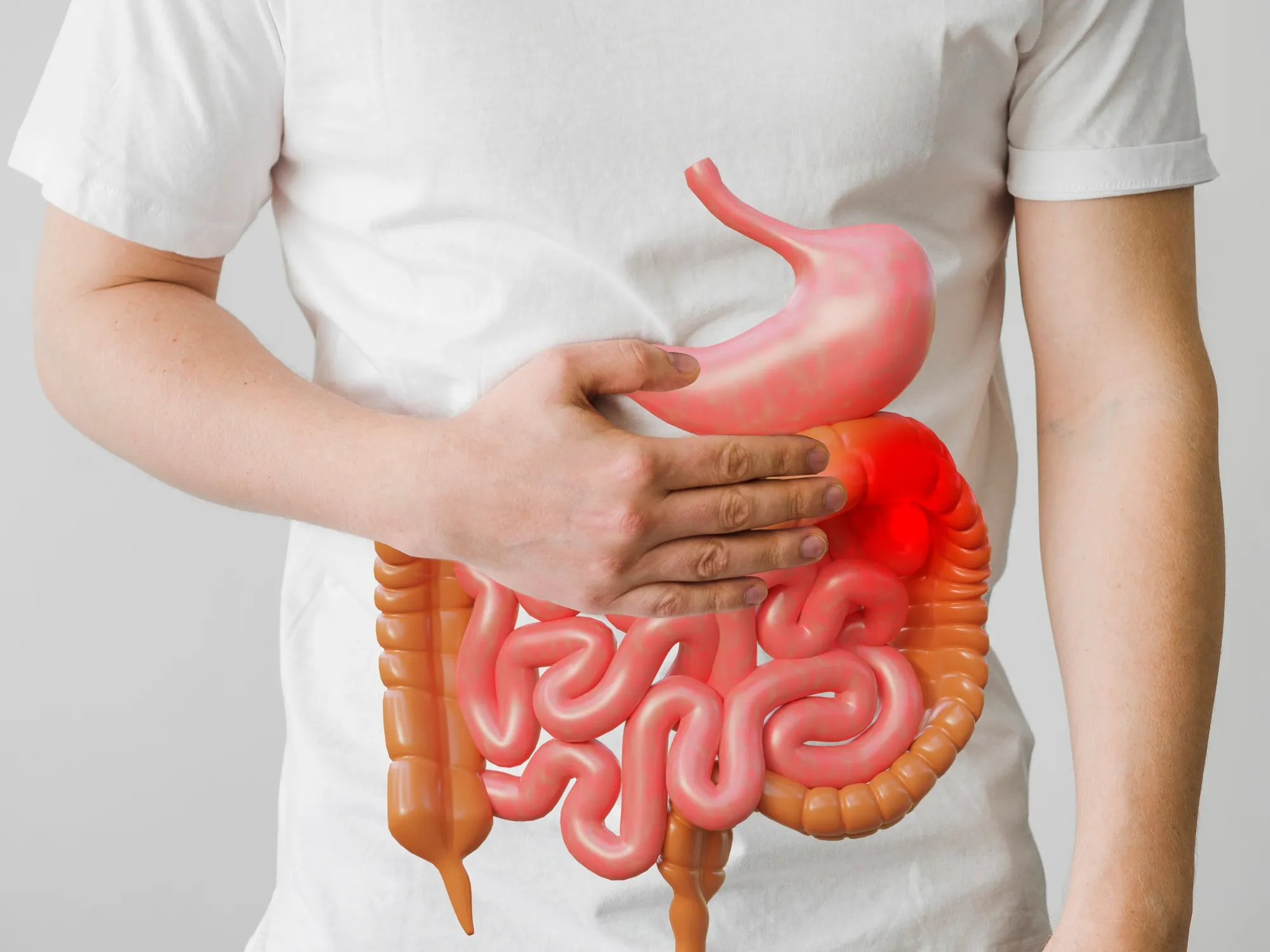Recent studies have illuminated the crucial role of tissue-resident memory T-cells (T_RM) in the body’s immune response to pathogens. A notable paper published in Infection and Immunity, DOI: (https://doi.org/10.1128/IAI.00295-19), elucidates one such example by examining the influence of CD4+ T_RM cells in providing immunity against the bacterial pathogen Citrobacter rodentium, an established model for studying infection and immunity within the gastrointestinal tract.
This comprehensive study, backed by the National Institutes of Health (NIH), has implications for understanding not only the dynamics of intestinal infections but also the potential for targeted immunotherapies in combating such diseases. The data, contributed by the collective efforts of the Division of Gastroenterology at the University of Michigan and its associated research programs, presents insightful evidence into the specific contribution of T_RM cells to the host’s defensive mechanisms.
The Discovery
The study discovered that upon infection with C. rodentium, CD4+ T cells are prompted to differentiate into T_RM cells in the colonic lamina propria, an arena pivotal for immunological interactions. These T_RM cells show an enhanced capacity to express Interleukin-17 (IL-17), a cytokine known for its role in mucosal defense and inflammation. Such findings suggest that the presence of IL-17 producing T_RM cells is integral to a robust immune barrier preventing pathogens from breaching the intestinal lining, and thus, maintaining gastrointestinal health.
Methodological Approach
Researchers employed C57BL mice models and utilized modern immunological techniques including flow cytometry, confocal microscopy, and cytokine assays to delve into the complex orchestration of the immune response to C. rodentium infection. The use of knockout mice further allowed for the dissection of pathways involved in T_RM cell generation and function.
Long-Term Implications
The study’s revelations hold significance in comprehending immune-mediated diseases like inflammatory bowel disease (IBD), with C. rodentium serving as a prototypical pathogen mimicking the human virulence strategies of E. coli. Additionally, the understanding of how T_RM cells establish and maintain themselves in the gut mucosa has far-reaching consequences in developing novel immunotherapeutic strategies for chronic conditions such as Crohn’s Disease and ulcerative colitis.
Future Perspectives
The findings prompt an exploration into the potential of engineering T_RM cells as a therapeutic ploy. The concept revolves around harnessing the tissue-retentive nature and antigen specificity of T_RM cells to prime the gastrointestinal tract against recurrent infections or to modulate hyperactive immune responses characteristic of IBD.
Implications for Vaccine Development
Immunization strategies could benefit from this insight by targeting the mucosal immune system for the generation of T_RM cells. Considering that these cells showcase an intrinsic ability to mediate long-lived immunity at local sites, designing vaccines that stimulate the formation of T_RM cells could result in more effective prevention methods against gastrointestinal pathogens.
Aligning with Past Literature
This research synergizes with previous publications suggesting the significance of T_RM cells in immune surveillance and implicating the importance of local cytokine environments in guiding T_RM cell persistence and function. Notably, a paper by Mueller SN and Mackay LK suggests that T_RM cells are specialized in local immune defense (DOI: (https://doi.org/10.1038/nri.2015.3)).
Conclusion
The University of Michigan’s study represents a cornerstone in the intricate field of T_RM cell biology, shedding light on the adaptive capabilities of the immune system. This serves as a springboard for future biomedical research and therapeutic designs, and for molecular medicine to tackle infectious diseases and chronic conditions associated with the gastrointestinal tract.
References
1. Mueller SN, Mackay LK. (2016) Tissue-resident memory T cells: local specialists in immune defence. Nat Rev Immunol 16:79–89. doi:10.1038/nri.2015.3.
2. Park CO, Kupper TS. (2015) The emerging role of resident memory T cells in protective immunity and inflammatory disease. Nat Med 21:688–697. doi:10.1038/nm.3883.
3. Iijima N, Iwasaki A. (2014) T cell memory. A local macrophage chemokine network sustains protective tissue-resident memory CD4 T cells. Science 346:93–98. doi:10.1126/science.1257530.
4. Schenkel JM, Masopust D. (2014) Tissue-resident memory T cells. Immunity 41:886–897. doi:10.1016/j.immuni.2014.12.007.
5. Bishu S, et al. (2019) Citrobacter rodentium Induces Tissue-Resident Memory CD4+ T cells. Infect Immun 87(7):e00295-19. doi:10.1128/IAI.00295-19.
DOI
Keywords
1. Tissue-resident memory T-cells
2. Citrobacter rodentium infection
3. CD4+ T-cell immunity
4. Interleukin-17
5. Colitis Immunotherapy
In conclusion, this study reveals CD4+ T_RM cells as the cornerstone of localized immunity in the colonic lamina propria against C. rodentium. The potential implications of the findings in advancing therapeutic strategies for gastrointestinal diseases and improving vaccine development are profound and pave the way for groundbreaking research and treatment options in mucosal immunology.
